The Gettysburg Campaign: Introduction
A Sketch of the History of the Second Mississippi Infantry Regiment:
The Gettysburg Campaign: Introduction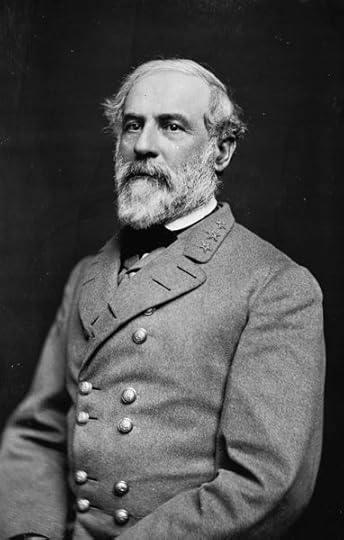 General Robert E. Lee, Commander Army of Northern Virginia
General Robert E. Lee, Commander Army of Northern Virginia 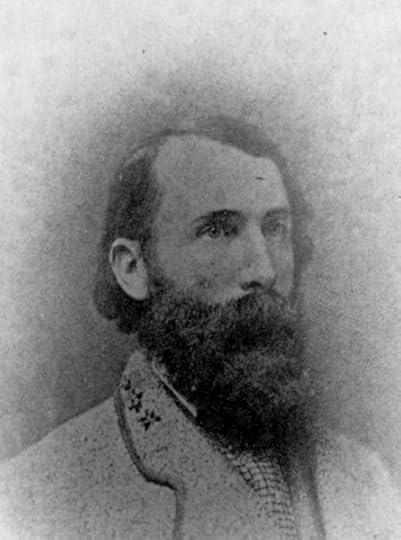 Lieutenant General Ambrose Powell Hill, Commander Third Corps
Lieutenant General Ambrose Powell Hill, Commander Third Corps 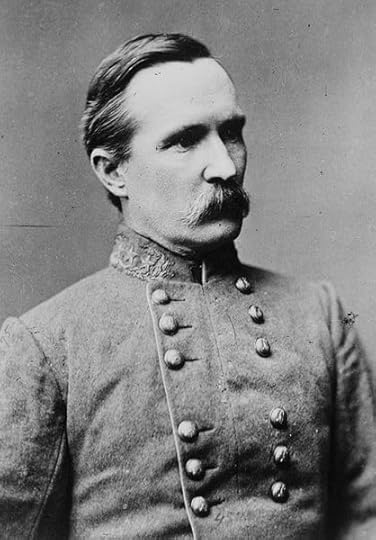 Major General Henry Heth, Commander Heth's Division
Major General Henry Heth, Commander Heth's Division 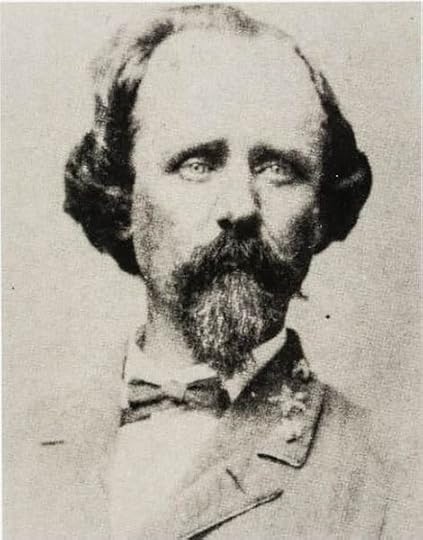 Brigadier General Joseph R. Davis, Commander Davis' Brigade
Brigadier General Joseph R. Davis, Commander Davis' Brigade 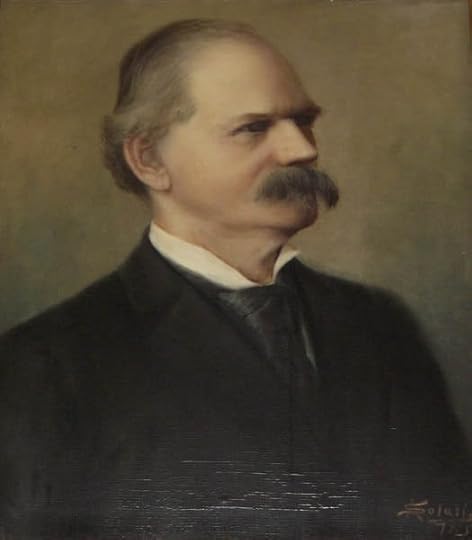 Colonel John Marshall Stone, Commander 2nd Mississippi Infantry Regiment Although Lee was being urged by some factions to consider going west to try and reverse the Confederacy’s fading military fortunes, especially the threatened loss of Vicksburg, he countered that the best hope for independence was to encourage the peace movement in an increasingly war-weary North. The best way to drive down an adversary’s morale was to defeat the enemy army, preferably upon its own soil. To take any other course of action, Lee argued, would result in his becoming penned inside the defensive lines around Richmond. Once that happened, the outcome was inevitable. Thus Lee was given approval on June 10, 1863 to conduct an offensive into Northern territory against Hooker’s army.[1]
Colonel John Marshall Stone, Commander 2nd Mississippi Infantry Regiment Although Lee was being urged by some factions to consider going west to try and reverse the Confederacy’s fading military fortunes, especially the threatened loss of Vicksburg, he countered that the best hope for independence was to encourage the peace movement in an increasingly war-weary North. The best way to drive down an adversary’s morale was to defeat the enemy army, preferably upon its own soil. To take any other course of action, Lee argued, would result in his becoming penned inside the defensive lines around Richmond. Once that happened, the outcome was inevitable. Thus Lee was given approval on June 10, 1863 to conduct an offensive into Northern territory against Hooker’s army.[1]
On June 15th the first of Lee’s infantry columns crossed the Potomac River into Maryland, bound for Pennsylvania.[2] Ten days later the 2nd Mississippi, now a part of A. P. Hill’s Corps, crossed the river onto enemy soil. George W. Bynum, one of five Bynum brothers in Company A, noted in his diary,
"June 25. Crossed the Potomac by wading and passed through the battle field of Sharpsburg, which was fought September 17, 1862. Much sign of the conflict is visible. The low mounds which cover the bones of those who fell, the furrowed ground, and scarred trees – all speak more plainly than words of that terrible conflict. I saw the ground over which we charged on that memorable occasion and the very spot where I was wounded. Sad, sad thoughts are recalled by again reviewing the old battleground."[3]
By the end of June, the regiment was enjoying the abundance of the bountiful Pennsylvania countryside. Early on July 1, 1863, Heth’s Division marched east from Cashtown intent on liberating a supply of shoes earlier reported at the nearby college town of Gettysburg (or so the story goes). The 2nd and 42nd Mississippi and 55th North Carolina regiments of Davis’ Brigade pressed ahead with Heth, leaving the battle-tested 11th Mississippi to guard the division trains at Cashtown. Nobody in the Confederate high command was apparently aware that portions of the Army of the Potomac, now under the command of Major General George Meade, following Hooker’s removal, were rapidly converging on the town from the opposite direction.[4]
Brigadier General James J. Archer’s Brigade of Heth’s Division was in the advance and drew first fire at about 7:30 a.m. Seeing Archer deploy a heavy line of skirmishers south of the Chambersburg Pike, the road down which they were advancing, Davis ordered forward skirmishers in a similar manner north of the road. For the next two hours, Archer and Davis would slowly drive Brigadier General John Buford’s Federal cavalry toward Willoughby Run. When the town of Gettysburg finally came into view, Heth ordered Davis and Archer into line to move forward and occupy the town.[5]
[1] O.R., 27, pt.3, p. 882.
[2] Ibid., p. 442.
[3] G.W. Bynum Diary Extracts. Quoted in Confederate Veteran, XXXIII (1925): pp. 9-10.
[4] O.R., 27, pt. 2, pp. 637, 649; Robert K. Krick, “Three Confederate Disasters on Oak Ridge: Failures of Brigade Leadership on the First Day at Gettysburg.” The First Day at Gettysburg, (Kent, 1992), 99-104; David G. Martin, Gettysburg July 1 (Conshohocken, 1995), pp. 59-61, 70-71, 86-88.
[5] Terrence J. Winschel, “Part I: Heavy Was Their Loss: Joe Davis’s Brigade at Gettysburg.” The Gettysburg Magazine, January 1990, pp. 5-8.
The Gettysburg Campaign: Introduction
 General Robert E. Lee, Commander Army of Northern Virginia
General Robert E. Lee, Commander Army of Northern Virginia  Lieutenant General Ambrose Powell Hill, Commander Third Corps
Lieutenant General Ambrose Powell Hill, Commander Third Corps  Major General Henry Heth, Commander Heth's Division
Major General Henry Heth, Commander Heth's Division  Brigadier General Joseph R. Davis, Commander Davis' Brigade
Brigadier General Joseph R. Davis, Commander Davis' Brigade  Colonel John Marshall Stone, Commander 2nd Mississippi Infantry Regiment Although Lee was being urged by some factions to consider going west to try and reverse the Confederacy’s fading military fortunes, especially the threatened loss of Vicksburg, he countered that the best hope for independence was to encourage the peace movement in an increasingly war-weary North. The best way to drive down an adversary’s morale was to defeat the enemy army, preferably upon its own soil. To take any other course of action, Lee argued, would result in his becoming penned inside the defensive lines around Richmond. Once that happened, the outcome was inevitable. Thus Lee was given approval on June 10, 1863 to conduct an offensive into Northern territory against Hooker’s army.[1]
Colonel John Marshall Stone, Commander 2nd Mississippi Infantry Regiment Although Lee was being urged by some factions to consider going west to try and reverse the Confederacy’s fading military fortunes, especially the threatened loss of Vicksburg, he countered that the best hope for independence was to encourage the peace movement in an increasingly war-weary North. The best way to drive down an adversary’s morale was to defeat the enemy army, preferably upon its own soil. To take any other course of action, Lee argued, would result in his becoming penned inside the defensive lines around Richmond. Once that happened, the outcome was inevitable. Thus Lee was given approval on June 10, 1863 to conduct an offensive into Northern territory against Hooker’s army.[1]On June 15th the first of Lee’s infantry columns crossed the Potomac River into Maryland, bound for Pennsylvania.[2] Ten days later the 2nd Mississippi, now a part of A. P. Hill’s Corps, crossed the river onto enemy soil. George W. Bynum, one of five Bynum brothers in Company A, noted in his diary,
"June 25. Crossed the Potomac by wading and passed through the battle field of Sharpsburg, which was fought September 17, 1862. Much sign of the conflict is visible. The low mounds which cover the bones of those who fell, the furrowed ground, and scarred trees – all speak more plainly than words of that terrible conflict. I saw the ground over which we charged on that memorable occasion and the very spot where I was wounded. Sad, sad thoughts are recalled by again reviewing the old battleground."[3]
By the end of June, the regiment was enjoying the abundance of the bountiful Pennsylvania countryside. Early on July 1, 1863, Heth’s Division marched east from Cashtown intent on liberating a supply of shoes earlier reported at the nearby college town of Gettysburg (or so the story goes). The 2nd and 42nd Mississippi and 55th North Carolina regiments of Davis’ Brigade pressed ahead with Heth, leaving the battle-tested 11th Mississippi to guard the division trains at Cashtown. Nobody in the Confederate high command was apparently aware that portions of the Army of the Potomac, now under the command of Major General George Meade, following Hooker’s removal, were rapidly converging on the town from the opposite direction.[4]
Brigadier General James J. Archer’s Brigade of Heth’s Division was in the advance and drew first fire at about 7:30 a.m. Seeing Archer deploy a heavy line of skirmishers south of the Chambersburg Pike, the road down which they were advancing, Davis ordered forward skirmishers in a similar manner north of the road. For the next two hours, Archer and Davis would slowly drive Brigadier General John Buford’s Federal cavalry toward Willoughby Run. When the town of Gettysburg finally came into view, Heth ordered Davis and Archer into line to move forward and occupy the town.[5]
[1] O.R., 27, pt.3, p. 882.
[2] Ibid., p. 442.
[3] G.W. Bynum Diary Extracts. Quoted in Confederate Veteran, XXXIII (1925): pp. 9-10.
[4] O.R., 27, pt. 2, pp. 637, 649; Robert K. Krick, “Three Confederate Disasters on Oak Ridge: Failures of Brigade Leadership on the First Day at Gettysburg.” The First Day at Gettysburg, (Kent, 1992), 99-104; David G. Martin, Gettysburg July 1 (Conshohocken, 1995), pp. 59-61, 70-71, 86-88.
[5] Terrence J. Winschel, “Part I: Heavy Was Their Loss: Joe Davis’s Brigade at Gettysburg.” The Gettysburg Magazine, January 1990, pp. 5-8.
Published on October 11, 2019 14:17
No comments have been added yet.



